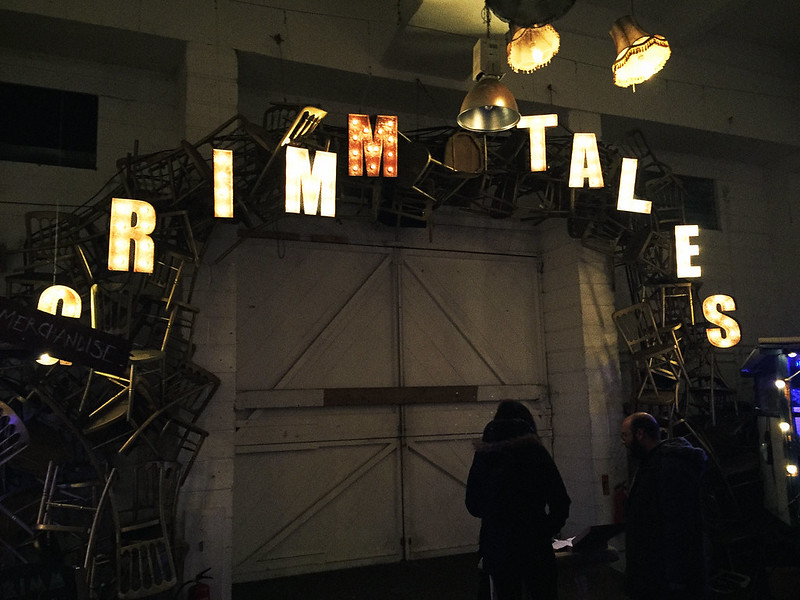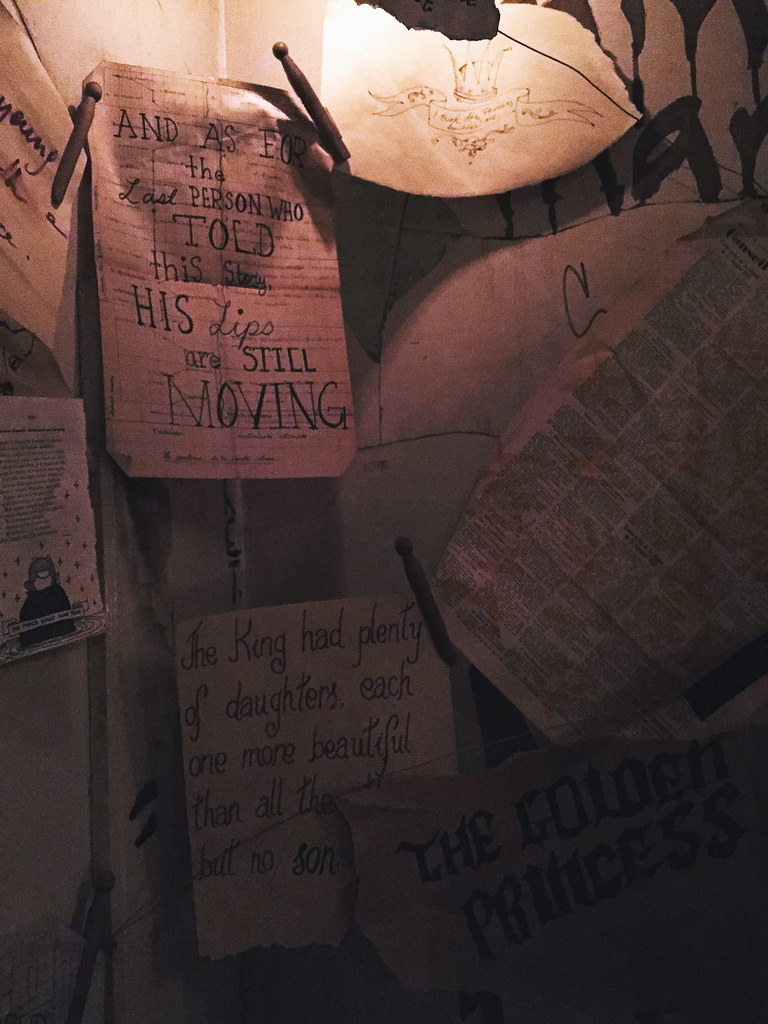Zipes discusses the science of memetics, or to use a term most people are familiar with, "memes." Memes can be more than pictures of cats with funny captions-a meme is anything that captures the public imagination and spreads in popularity. Memes generally rise and fall over time, but fairy tales have stayed afloat for hundreds of years. What makes a meme stick with us is its relevancy. Therefore, general human consensus for most of known history would indicate that we find fairy tales relevant to our lives. Zipes points to the fact that fairy tales start in conflict, as do our real lives. Although I might point out that basically every story has some form of conflict, so there has to be some other common thread that indicates why fairy tales and not other literature remain so prevalent.
However, tracing the history of fairy tales themselves is incredibly difficult. Zipes says, "Almost all endeavors by scholars to define the fairy tale as a genre have failed. Their failure is predictable because the genre is so volatile and fluid." Not only that, but he goes on to mention that the term "fairy tale" never existed until Madame d'Aulnoy coined it as the title of a book in 1697. Her collection of stories about fairies prompted a trend with far-reaching impact she could not have imagined at the time. For now we use the term to cover a multitude of stories, but most of them don't actually involve actual fairies. How did that specific term explode to cover the undefinable genre we now call fairy tale?
Rare copy of D'Aulnoy's Fairy Tales-only $5,500 Euros
(Fun fact: the original French, conte des fees, was originally translated into English as Tales of the Fairies in 1707. Sound like a certain blog name?!? I wish I could say my blog title was a direct reference to this original French term, but it was really a quick decision made when I impulsively decided to make a fairy tale blog, and I thought the title should simply convey what I would be talking about. I wasn't very creative.)
Adrienne Segur
Illustration for "The Royal Ram" by D'Aulnoy
Although the French fairy tales were very influenced by the Italian collections of Straparola and Basile, those works were only self titled as "tales" and not necessarily associated with, or strongly featuring, fairies (although a few do make an appearance). Yet D'Aulnoy made fairies central characters and put the word in the title of her book, creating an association between a term and a genre that are inseparable today. Why fairies, and why all of a sudden? And what was it about D'Aulnoy's newly coined "fairy tales" that made them so popular?
Madame D'Aulnoy
The human characters in the first official fairy tales turned not to government, or the church, to solve their problems-but to the fairies that were a throwback to old mythological dieties and goddesses. For the first French fairy tale writers, "the fairies in their tales signal their actual differences with male writers and resistance to the conditions under which they lived...it was only in a fairy-tale realm, not supervised by the church or subject to the dictates of King Louis XIV, that they could project alternatives stemming from their desires and needs."





































